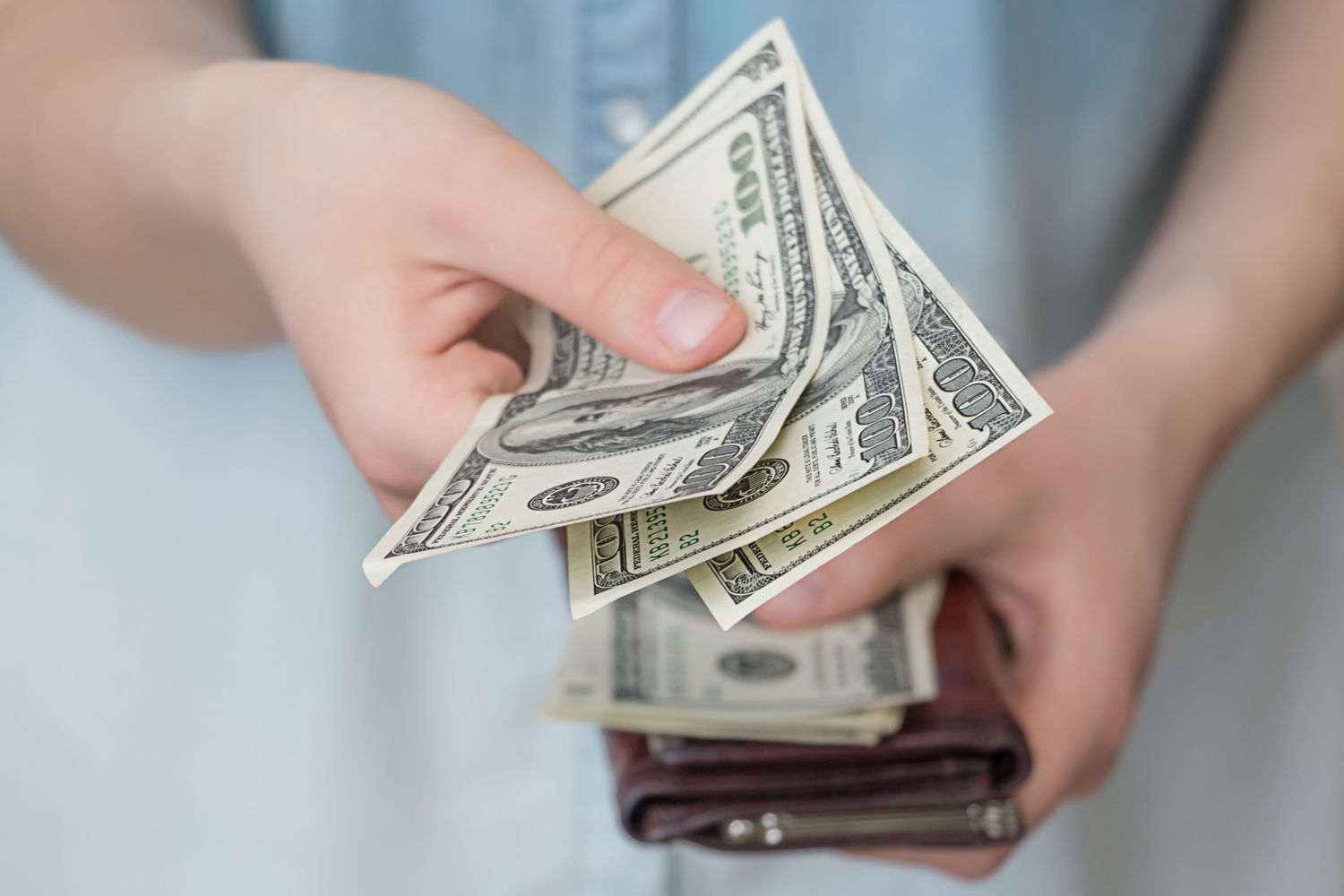What is the rate of a coupon?
The amount of yearly interest income provided to a bondholder based on the bond’s face value is known as the coupon rate. Governmental and non-governmental organizations both issue bonds to raise funds for operating costs. When a person purchases a bond, the bond issuer pledges the bondholder to make monthly payments based on the bond’s principal amount at the coupon rate specified in the issued certificate. The issuer provides periodic interest payments until maturity when the bondholder’s initial investment – the bond’s face value (or “par value”) – is refunded to the bondholder.
The formula for Coupon Rates
The bond’s original principle (or initial investment) will be listed on the bond security certificate, and this will determine how much interest is required.
Each periodic coupon payment until the date of maturity shall be made following the terms of the Lending Schedule.
The bond’s face value, or par value, is fully restored to the bondholder upon maturity, stopping the coupon payments.
The yearly coupon payment is divided by the bond’s par value to determine the coupon rate.
Annual Coupon + Par Value of Bond = Coupon Rate (%)
For instance, the annual coupon payment for a bond with a $100k face value and a 6% interest rate would be $6k.
$100,000 is the par value.
Discount Rate = 6%
Annual Coupon: $6,000 ($100,000 x 6%).
Since most bonds only pay interest every two years, the bondholder will get two $3k coupon payments per year for as long as the bond is outstanding.
Total Periods = 2x
$6,000 divided by two coupons equals $3,000
The following four-step procedure may be used to determine the coupon rate for a bond issuance:
Step 1: one must look up the face (par) value of the bonds in the financing documentation (e.g., bond certificate).
Step 2: Utilizing the same document source as in Step 1, find out how many periodic payments the issuer anticipates making annually.
Step 3: Next, multiply the monthly payment amount by the stated number of periodic payments per year in the bond indenture to determine the total annual Coupon.
Lastly, The yearly coupon payment is divided by the bond’s face (par) value, which must be multiplied by 100% to determine the coupon rate.
Understanding coupon rates
The interest rate that a bond’s issuer pays on the bond during the duration of the security is known as the coupon rate.
The word “coupon” comes from the historical practice of using actual coupons to collect recurring interest payments.
A bond’s coupon rate, which was established at the time of issue, never changes, and holders always receive fixed interest payments at a defined interval.
The coupon rate chosen by a bond issuer is determined, among other things, by current market interest rates at the time of issuance.
Market interest rates fluctuate throughout time, and when they do, the bond’s value rises or falls depending on whether they are lower or greater than the coupon rate.
FINAL INSIGHT
Bonds are a way for corporations and governmental bodies to raise cash, frequently done to support ongoing operations or fulfill liquidity demands.
The issuer has a legal responsibility to make regular coupon payments to the bondholder following the bond indenture (i.e., the loan agreement).
The term “coupon” originally referred to a formal certificate attached to the paperwork to list the amounts and dates of interest payments due.













